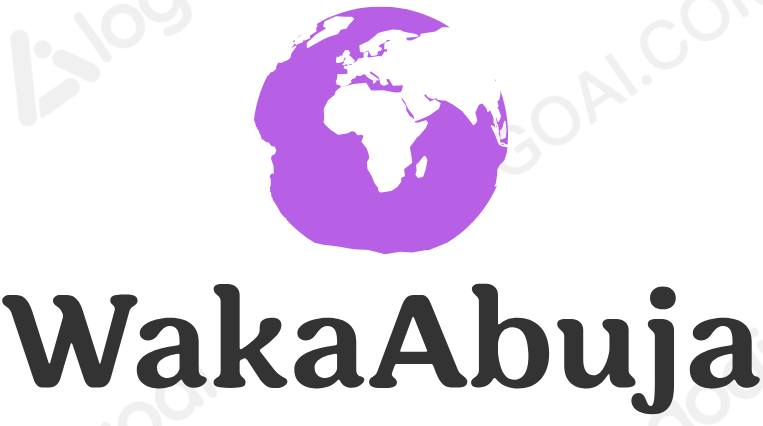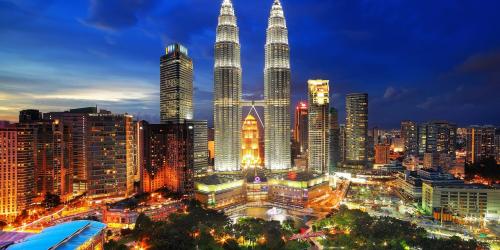Quick Summary
If you’re planning your first or next trip to Kuala Lumpur, this guide covers everything you need—from iconic sights and authentic local experiences to practical tips on where to stay, how to get around, typical costs, and staying safe.
I share insider knowledge, personal favorites, and emergency contacts to make your trip smooth and unforgettable.
Whether you have 2 days or a week, this local-inspired itinerary will help you experience the best of KL like a true insider.
Why Kuala Lumpur Should Be on Your Travel Radar
I fell in love with Kuala Lumpur’s dynamic blend of modern cityscape, rich culture, and mouthwatering food. The city is a vibrant melting pot where towering skyscrapers meet historic temples and bustling street markets. Whether you want to explore iconic landmarks like the Petronas Towers, savor street food in Jalan Alor, or experience local festivals, KL offers a little bit of everything.
This guide reflects my personal journey through KL’s neighborhoods, plus practical advice to save money and time, helping you feel confident and excited about your visit.
Must-See Places and Experiences in Kuala Lumpur
Petronas Twin Towers & KLCC Park
Start your trip with the iconic Petronas Twin Towers—the tallest twin towers in the world. Book your ticket online in advance to catch the breathtaking city views from the Skybridge and observation deck. Afterward, relax or picnic in the beautifully landscaped KLCC Park just below.
Batu Caves
Just a short train ride away, Batu Caves is a stunning Hindu temple complex set inside limestone caves. The colorful giant statue of Lord Murugan and the 272-step climb make it a truly unique cultural stop. Go early to avoid crowds and the midday heat.
Jalan Alor Food Street
For a true taste of KL, head to Jalan Alor at night. This street food paradise bustles with vendors serving everything from satay and grilled seafood to noodle dishes.
I recommend trying char kuey teow and freshly squeezed sugarcane juice.
Central Market and Chinatown
Immerse yourself in local crafts, souvenirs, and street snacks. Central Market offers an artistic vibe, while Petaling Street in Chinatown is perfect for bargain shopping and trying authentic Malaysian-Chinese food.
Merdeka Square and Sultan Abdul Samad Building
This historical area gives you a glimpse of Malaysia’s colonial past and independence. The Sultan Abdul Samad Building’s unique Moorish architecture is a photographer’s dream.
Safety Tips for Your Kuala Lumpur Visit
KL is generally safe, but as with any big city, being cautious helps you avoid trouble. Here’s what I’ve learned:
- Use official taxis or rideshare apps like Grab instead of hailing cabs on the street.
- Keep your belongings close, especially in crowded places like markets and public transport.
- Avoid poorly lit or deserted areas at night.
- Stay hydrated and protect yourself from the tropical sun with sunscreen and hats.
- Register with your embassy if possible and have emergency contacts handy (see below).
Best Neighborhoods and Accommodation Options in KL
KLCC/Bukit Bintang
Perfect for first-timers who want proximity to major sights and nightlife. Luxury hotels like Mandarin Oriental and affordable boutique options abound.
Chow Kit & Kampung Baru
These neighborhoods offer a glimpse of local life with street markets and traditional food. Ideal for travelers wanting a more authentic cultural experience on a budget.
Bangsar & Mont Kiara
Trendy, expat-friendly areas with plenty of cafes, bars, and green spaces. Great for longer stays and families.
Understanding Kuala Lumpur Costs: Typical Expenses and Budgeting
Accommodation
Hostels: From MYR 30 (~$7) per night
Mid-range hotels: MYR 120–300 (~$28–70)
Luxury hotels: MYR 600+ (~$140+)
Food & Drink
Street food meals: MYR 5–15 (~$1.20–3.50)
Casual restaurant: MYR 20–50 (~$5–12)
Coffee/snacks: MYR 8–15 (~$2–3.50)
Transport
Train/metro: MYR 1–3 per trip (~$0.25–0.70)
Grab rides: MYR 7–20 (~$1.50–5)
Taxi: More expensive, often avoid
A reasonable daily budget ranges from MYR 150 (~$35) for backpackers to MYR 500 (~$120) for more comfort.
Money-Saving Tips I Swear By in Kuala Lumpur
- Use the KL TravelPass or reloadable MyRapid cards for cheaper public transport.
- Eat at hawker stalls and night markets rather than restaurants.
- Shop at local markets and avoid tourist traps for souvenirs.
- Book accommodation early and check platforms like Agoda or Booking.com for deals.
- Visit free attractions like KL Forest Eco Park or explore neighborhoods on foot.
Navigating Kuala Lumpur: Best Ways to Get Around
KL’s transport system is modern and convenient:
- LRT/MRT/Monorail: Covers major parts of the city efficiently and cheaply.
- Grab App: Malaysia’s Uber-equivalent — great for door-to-door rides and airport transfers.
- Walking: KL’s downtown is walkable, especially around Bukit Bintang and KLCC.
- Buses: Cheap but less tourist-friendly due to less English signage.
Best Time to Visit Kuala Lumpur
KL is hot and humid year-round, with some rain. The best months are generally May to July, when rain is lighter, but avoid the heavy monsoon season (November to February). Festivals like Chinese New Year and Hari Raya offer unique cultural experiences, but expect larger crowds.
Emergency Contacts & Useful Numbers
| Service | Phone Number |
|---|---|
| Police (Emergency) | 999 or 112 (mobile) |
| Ambulance & Fire | 994 or 995 |
| Tourist Police | 03-2148 0573 |
| Emergency Hotline for Foreigners | 03-2615 4610 |
Final Thoughts
Kuala Lumpur offers a fascinating mix of culture, history, and modernity all wrapped up in a friendly, approachable city. With this locally inspired guide, you’re set to enjoy the city beyond the usual tourist spots and experience its unique charm, delicious food, and warm hospitality.
Have you been to KL before, or are you planning your trip? Let me know what you’re most excited to explore!



